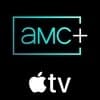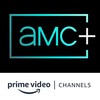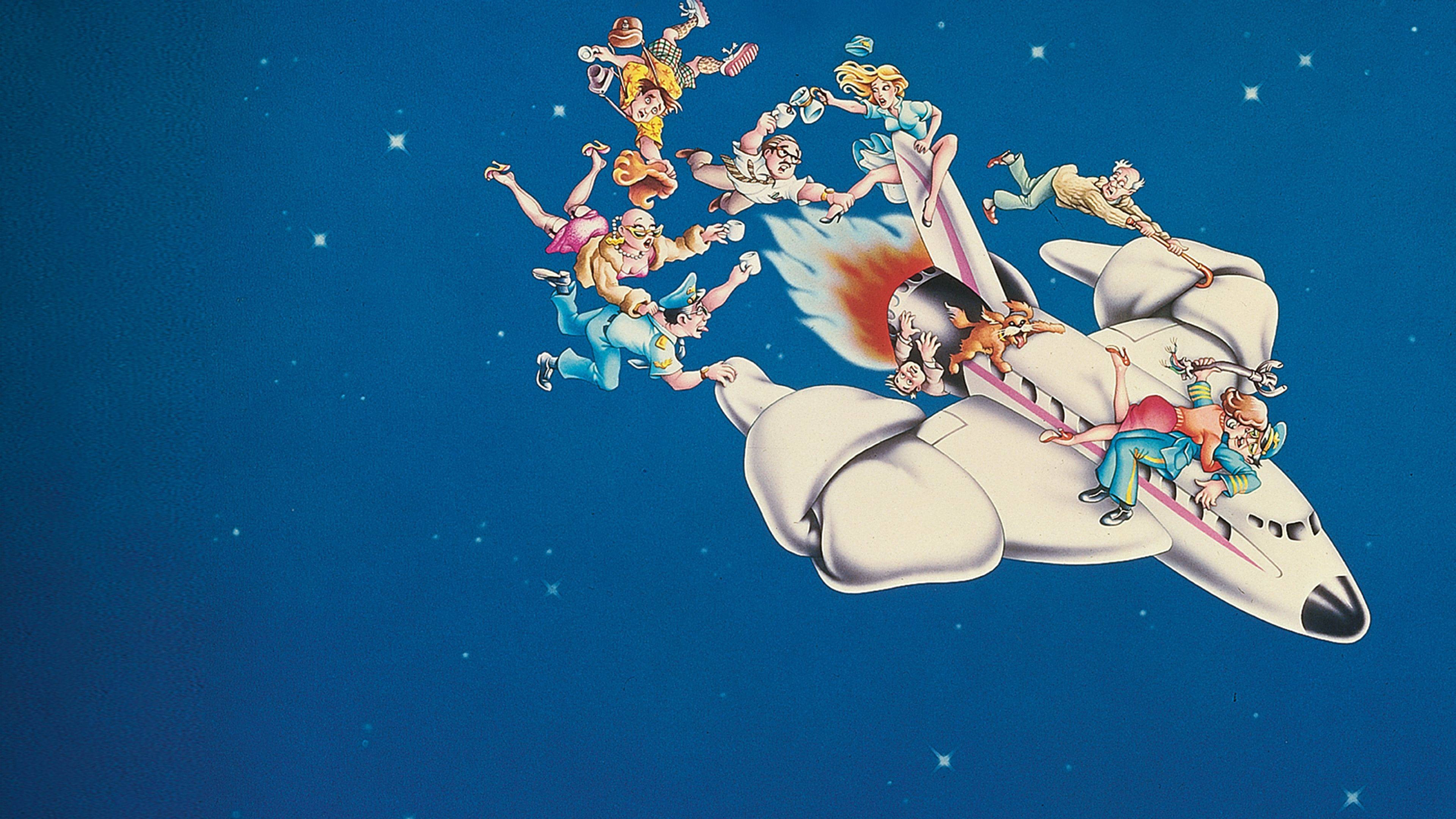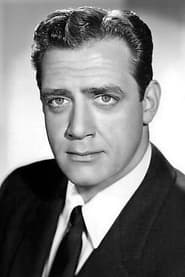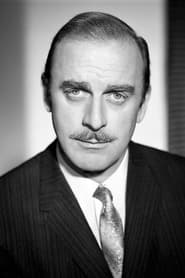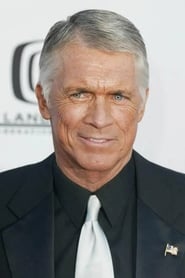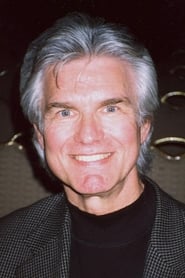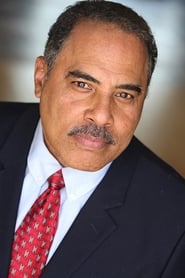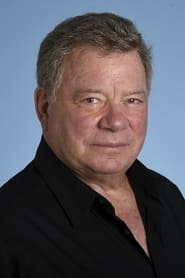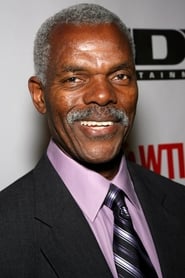Cast
View AllLloyd Bridges
as Steve McCroskey
Raymond Burr
as Judge D.C. Simonton
Chuck Connors
as The Sarge
Rip Torn
as Bud Kruger / President Reagan
John Dehner
as The Commissioner
Chad Everett
as Simon Kurtz
Peter Graves
as Capt. Clarence Oveur
Julie Hagerty
as Elaine Dickinson
Robert Hays
as Ted Striker
Kent McCord
as Dave Unger
James A. Watson, Jr
as First Officer Dunn
William Shatner
as Cdr. Buck Murdock
Stephen Stucker
as Jacobs / Courtroom Clerk
John Vernon
as Dr. Stone
Al White
as Witness
Crew
Director
- Ken Finkleman
Reviews
CinemaSerf
Well I suppose a sequel was bound to happen after the success of the first film, but sadly this isn't a patch on that. Essentially, this is exactly the same film only we substitute a lunar space shuttle for the aircraft. "Ted" (Robert Hays) has been certified (by "Perry Mason" himself - Raymond Burr) after his wartime PTSD finally got the better of him - or, perhaps because he was just aware of flaws in the systems of the shuttle that the big bosses wanted to overlook. Anyway, he manages to escape custody and get a black-market ticket for the flight that duly goes awry. Can he stop it from crashing into the moon-base and thereby really irking William Shatner's "Murdock"? Most of the cast from the first outing have stuck with this, and there are quite a few entertaining parodies for the likes of Burr, Shatner, Chuck Connors, Bono and Rip Torn but the comedy ship had already sailed. This is a feeble imitation that struggles right from the start to find that sweet spot; the humour is more crass and vulgar delivering more emphasis on the disjointed box office cameos rather than providing us with a decent plot. It's watchable but quite forgettable.
Jul 9, 2022
Filipe Manuel Neto
**A sequel that should never have been made because the first film did everything there was to be done.**
After the success of “Airplane”, there was an immediate desire to make a sequel. However, the creators of the first film had serious doubts about this because they felt that they had run out of jokes about airplanes, that the film had done almost everything it could do and that there wasn't really a logical continuation for that work. And I think that feeling had a strong impact on the way this film was imagined: we are no longer on a plane, but on a space shuttle heading to a human colony on the Moon, somewhere in a future where the technologies and clothes are the same as from the period in which the film was made.
It is Ken Finkleman who directs and scripts, due to the refusal of the original creators to embark on this new project. New direction, new creatives, new team, but the “recipe” used was virtually the same as the previous film: situational comedy, sometimes quite mischievous, in a succession of jokes that may or may not work well and resemble a kind of collage of humorous sketches united by a common thread. The film's humor is reasonably good and I think there was a substantive effort to match the quality of the initial film. However, I believe that the directors/writers of the first film were right when they said that the basic premise was tired, and that it would not be a good idea to make a new film that was too identical.
In fact, the film's atmosphere is very warm, the ideas surrounding space travel are very far-fetched, the dialogues are excessively identical to those of the first film and even some of the best jokes are recycled and reused, in an effort to copy and paste that demonstrates a certain mental laziness. The pacing is decent enough, but the film, in general, doesn't give us an experience that could be said to be satisfactory. In addition to all this, I felt that the film also reuses part of the environments and settings from the first film. That is, if the story is set in the future and inside a lunar shuttle, why on earth does it continue to resemble the interior of a common plane? Once again, laziness, lack of investment in the project and, perhaps, lack of a decent budget.
The cast is, to a large extent, the same as what we saw in “Airplane” with the same characters and saying the same jokes, in the same situations. I can't say that the actors didn't try to make an effort and give us a job well done, but I'm sure they received bad material and were part of a project that should never have gotten off the ground. One of the most obvious absences is Leslie Nielsen, an actor veteran enough to have certainly realized that it would be a bad idea to take part in this new film. Robert Hays and Julie Hagerty are back, but they are not that interesting and the work they do is very weak. William Shatner is one of the few actors who deserves a positive rating, and who manages the job well enough.
May 4, 2024
Thematic Analysis
Airplane II: The Sequel represents a fascinating example of Comedy cinema, offering viewers a unique perspective on the human experience and societal structures. The film's approach to its themes demonstrates a creative vision that distinguishes it within its genre.
Director Ken Finkleman brings their distinctive visual style to this film, continuing their exploration of themes seen in their previous works while adding new elements. Their approach to pacing and visual storytelling creates a viewing experience that rewards close attention.
Released in 1982, the film exists within a cultural context that now offers viewers historical perspective on the social issues of that era. Its reception demonstrates the diverse reactions to its artistic choices and its place in cinema history.
Did You Know?
- The production of Airplane II: The Sequel took approximately 30 months from pre-production to final cut.
- With a budget of $15.0 million, the film proved to be a financial success, earning back its investment and more.
- The final cut of the film runs for 85 minutes, though the director's initial assembly was reportedly 110 minutes long.
- Some visual effects sequences took up to 6 months to complete.
- The screenplay went through 10 major revisions before the final shooting script was approved.
- The cast underwent specialized training for 2 weeks before filming began.
Historical Context
- In 1982, when this film was released:
- Economic policies were shifting toward deregulation in many Western countries.
- The Cold War was entering its final phase.
- Independent cinema was growing in influence, challenging the dominance of major studios.
How This Film Stands Out
While Airplane II: The Sequel shares thematic elements with other films in its genre, it distinguishes itself through its unique approach to storytelling, visual style, and character development.
Unlike The Hitchhiker's Guide to the Galaxy, which focuses more on action than character development, Airplane II: The Sequel offers a fresh perspective through its innovative visual language and narrative structure.
While films like Idiocracy and High School High explore similar territory, Airplane II: The Sequel stands apart through its distinctive directorial vision and pacing.
This film's unique contribution to cinema lies in its thoughtful balance of entertainment value and thematic depth, making it a valuable addition to its genre.
Details
- Release Date: December 10, 1982
- Runtime: 1h 25m
- Budget: $15,000,000
- Revenue: $27,150,534
Where to Watch
